Biodiversity Conservation
Introduction
Biodiversity conservation refers to the protection, preservation, management, and restoration of the variety of life forms on Earth. This includes the wide array of ecosystems, species, and genetic diversity present in the natural world. Biodiversity conservation is crucial for maintaining the health of the planet and ensuring the survival of all species, including humans Biodiversity[1].

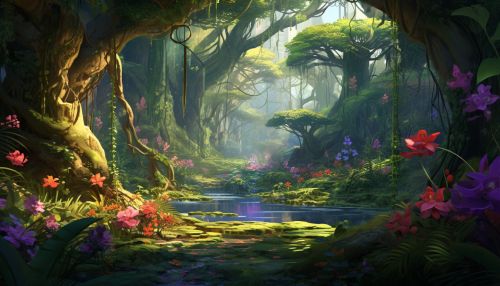
Importance of Biodiversity
Biodiversity plays a critical role in maintaining the balance of the Earth's ecosystems. It contributes to a range of ecosystem services, including nutrient cycling, climate regulation, and the provision of food, water, and medicinal resources Ecosystem services[2]. Additionally, biodiversity is essential for evolutionary processes and provides cultural, recreational, and aesthetic values to human societies Cultural diversity[3].
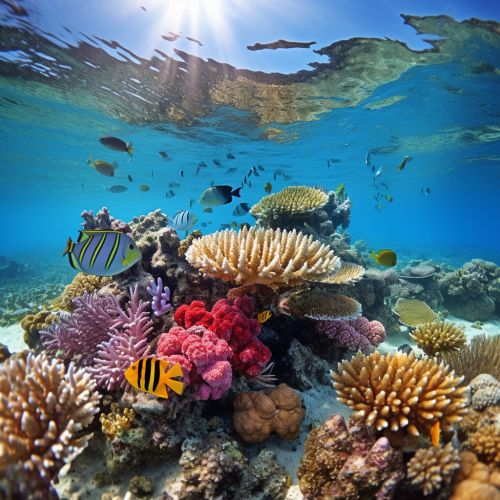
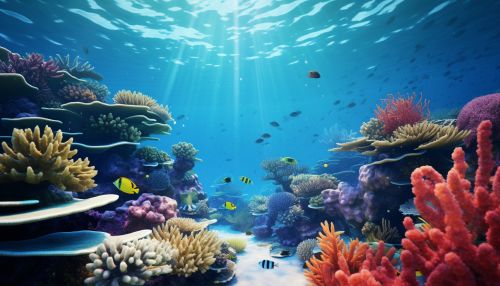
Threats to Biodiversity
Biodiversity is under threat from a range of human activities. These include habitat destruction, overexploitation of species, pollution, climate change, and the introduction of invasive species Habitat destruction[4]. These threats have led to a significant decline in biodiversity, with many species now at risk of extinction Extinction[5].

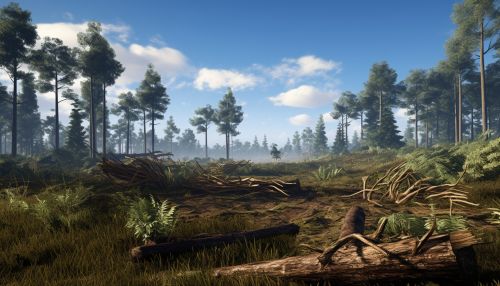
Strategies for Biodiversity Conservation
There are various strategies for biodiversity conservation, including in-situ and ex-situ conservation. In-situ conservation involves protecting species within their natural habitats, through the establishment of protected areas such as national parks and wildlife reserves Protected area[6]. Ex-situ conservation, on the other hand, involves the preservation of species outside their natural habitats, such as in zoos, botanical gardens, and seed banks Ex-situ conservation[7].


Challenges in Biodiversity Conservation
Despite the recognized importance of biodiversity conservation, there are numerous challenges in its implementation. These include lack of funding, conflicting interests between conservation and development, lack of public awareness and support, and the complexity of managing ecosystems Conservation conflict[8].
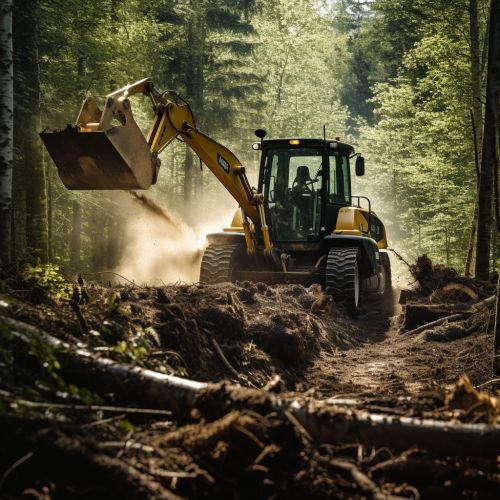

Conclusion
Biodiversity conservation is a critical task for humanity, given the essential role that biodiversity plays in maintaining the health of the planet and supporting human life. Despite the numerous challenges, concerted efforts at all levels - from individuals to international organizations - are required to ensure the preservation of the Earth's rich biodiversity for future generations Conservation biology[9].
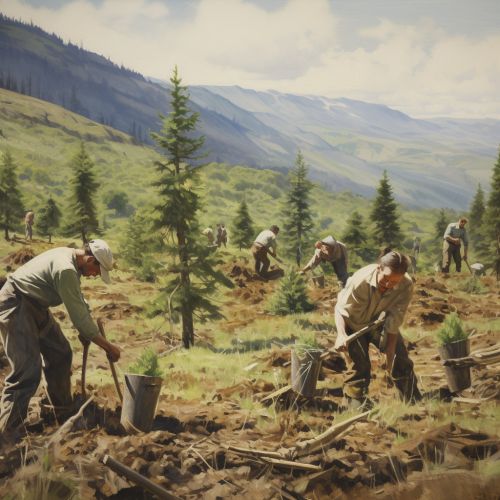

See Also
References
- ↑ Wilson, E.O. (1988). Biodiversity. National Academies Press. ISBN 978-0-309-03739-9.
- ↑ Costanza, R., et al. (1997). The value of the world's ecosystem services and natural capital. Nature, 387(6630), 253-260.
- ↑ Millennium Ecosystem Assessment (2005). Ecosystems and Human Well-being: Biodiversity Synthesis. World Resources Institute, Washington, DC.
- ↑ Wilcove, D.S., et al. (1998). Quantifying threats to imperiled species in the United States. BioScience, 48(8), 607-615.
- ↑ Barnosky, A.D., et al. (2011). Has the Earth's sixth mass extinction already arrived? Nature, 471(7336), 51-57.
- ↑ Dudley, N. (2008). Guidelines for Applying Protected Area Management Categories. IUCN.
- ↑ Guerrant, E.O., et al. (2004). Ex Situ Plant Conservation: Supporting Species Survival in the Wild. Island Press.
- ↑ Redpath, S.M., et al. (2013). Understanding and managing conservation conflicts. Trends in Ecology & Evolution, 28(2), 100-109.
- ↑ Soulé, M.E. (1985). What is conservation biology? BioScience, 35(11), 727-734.
